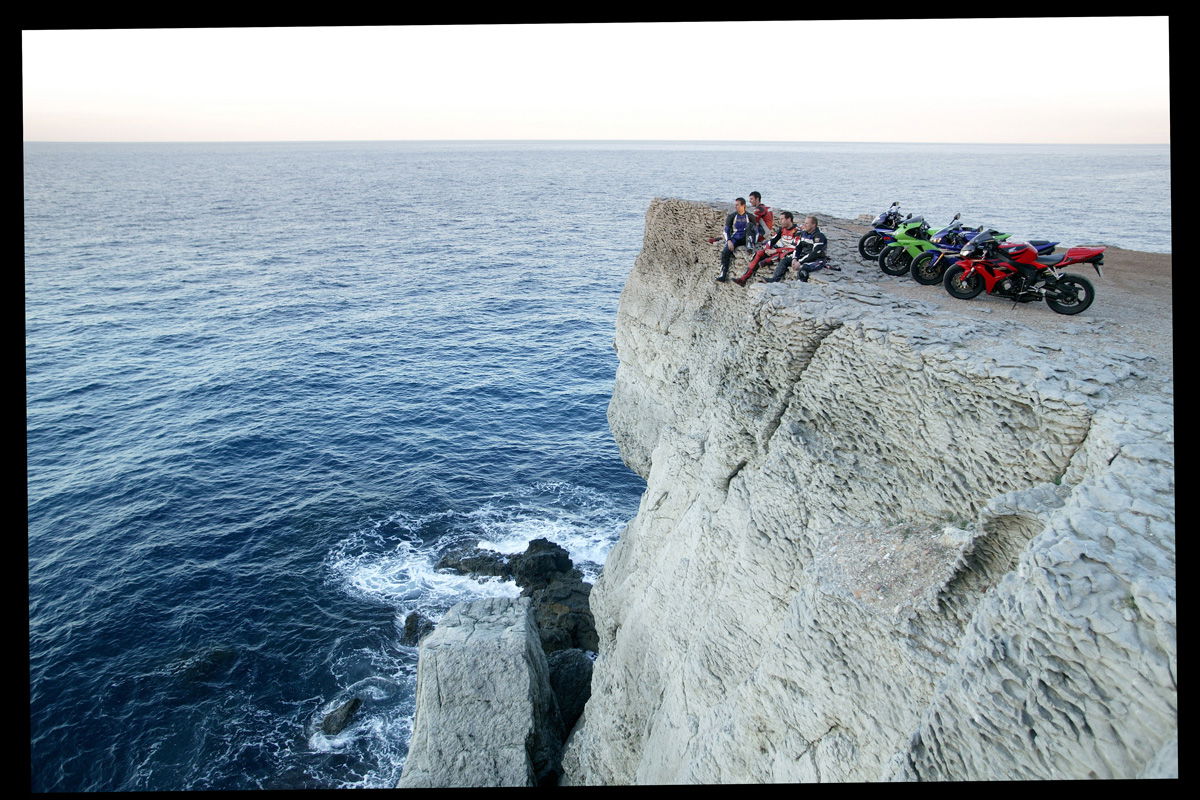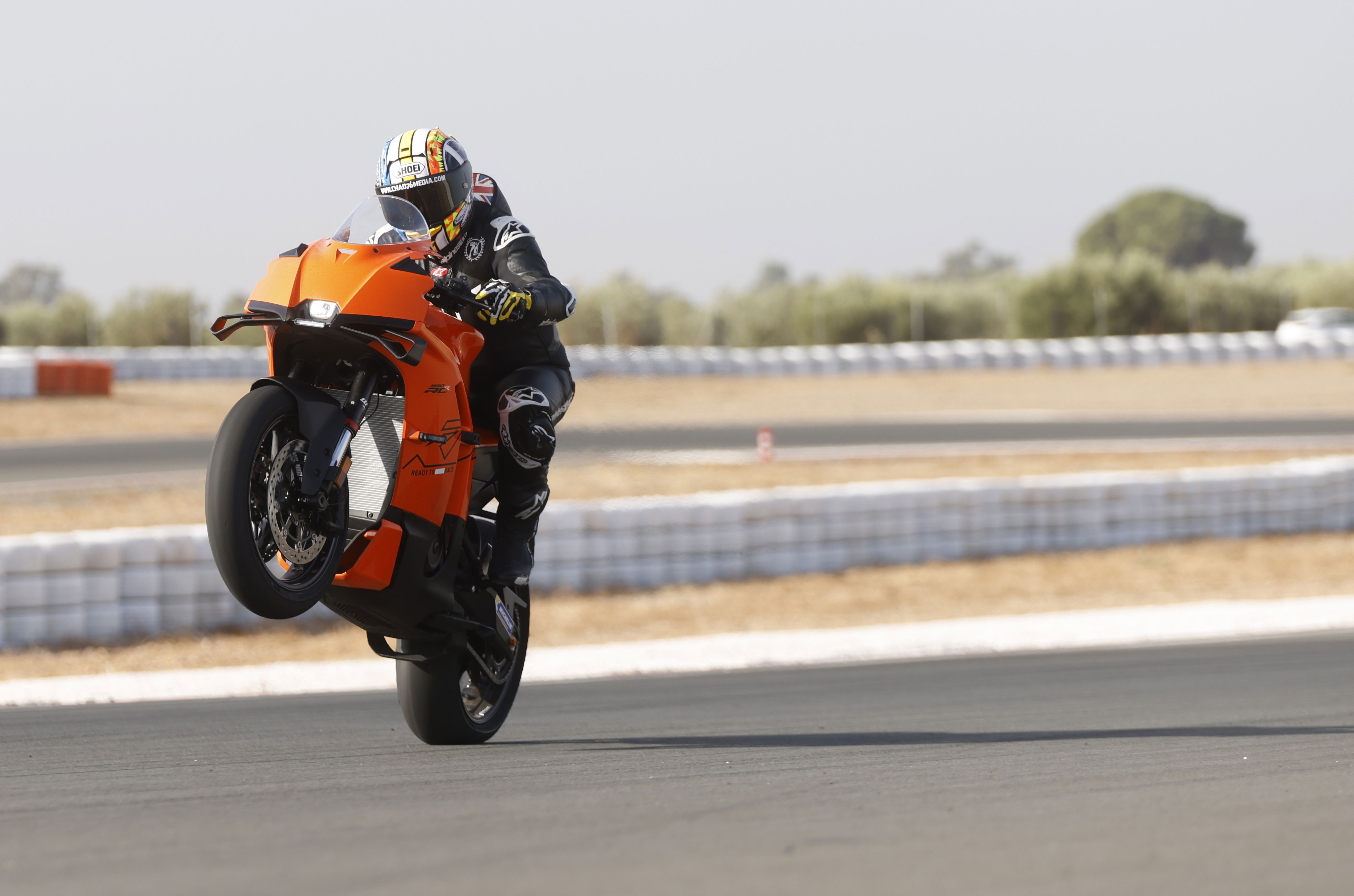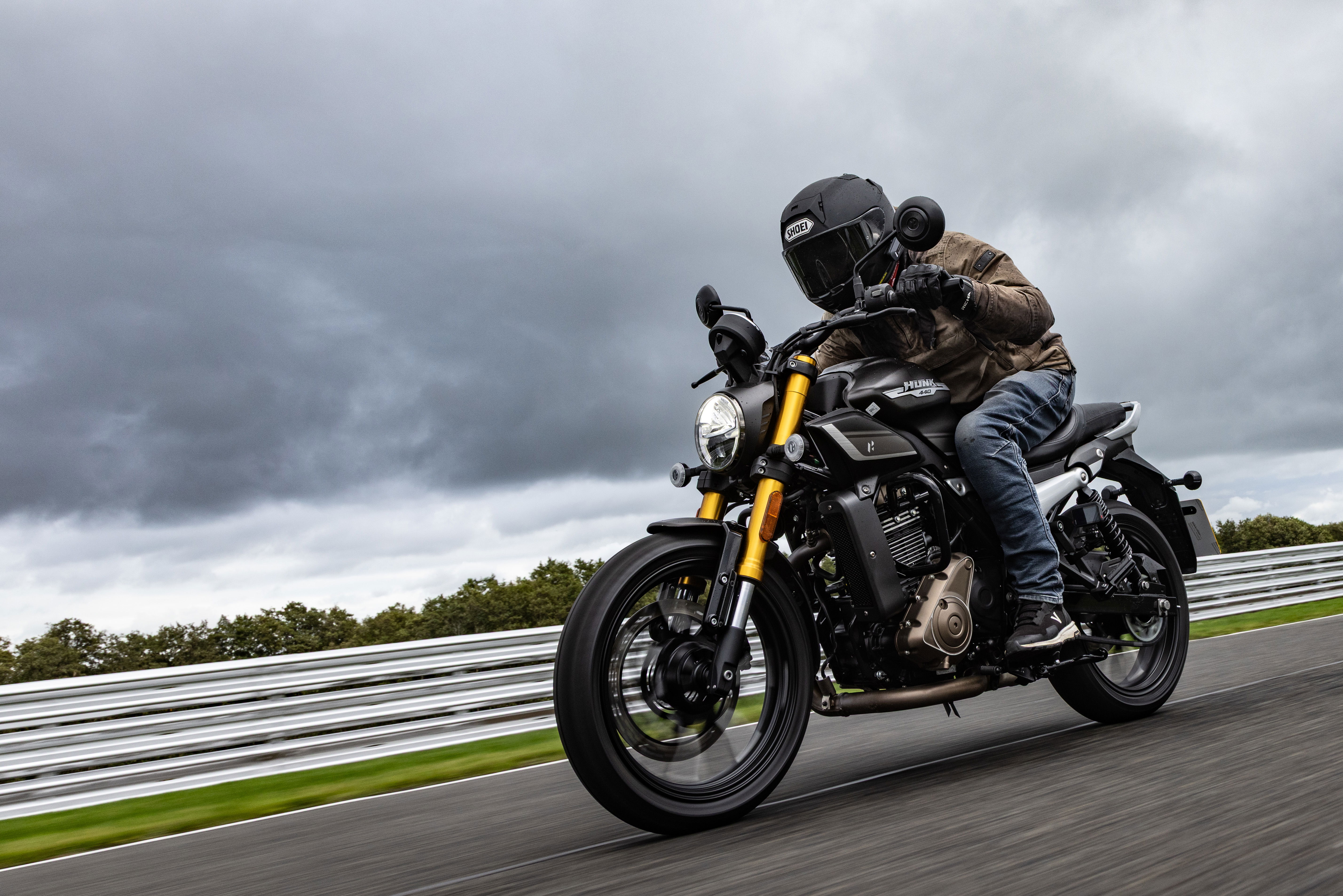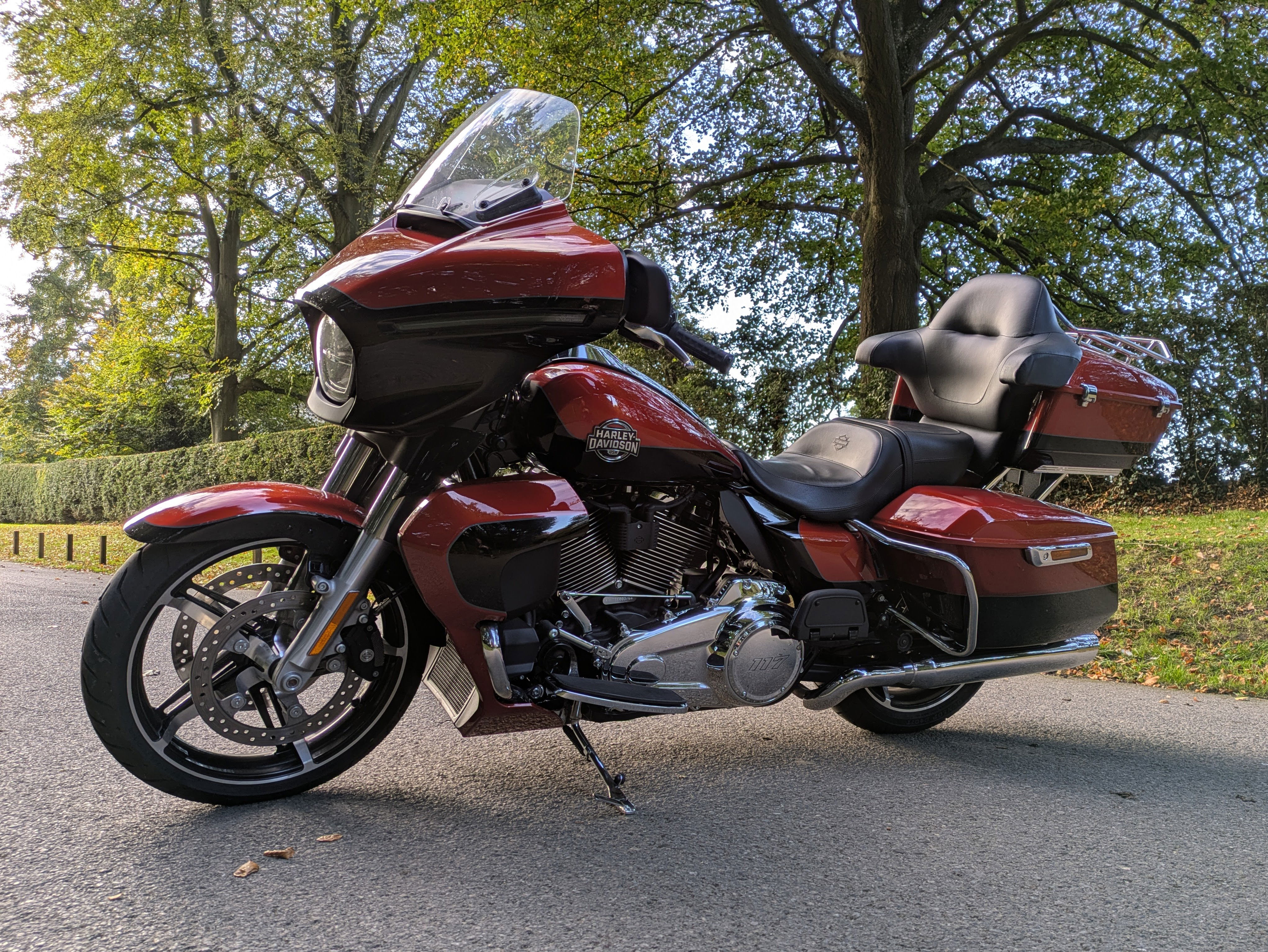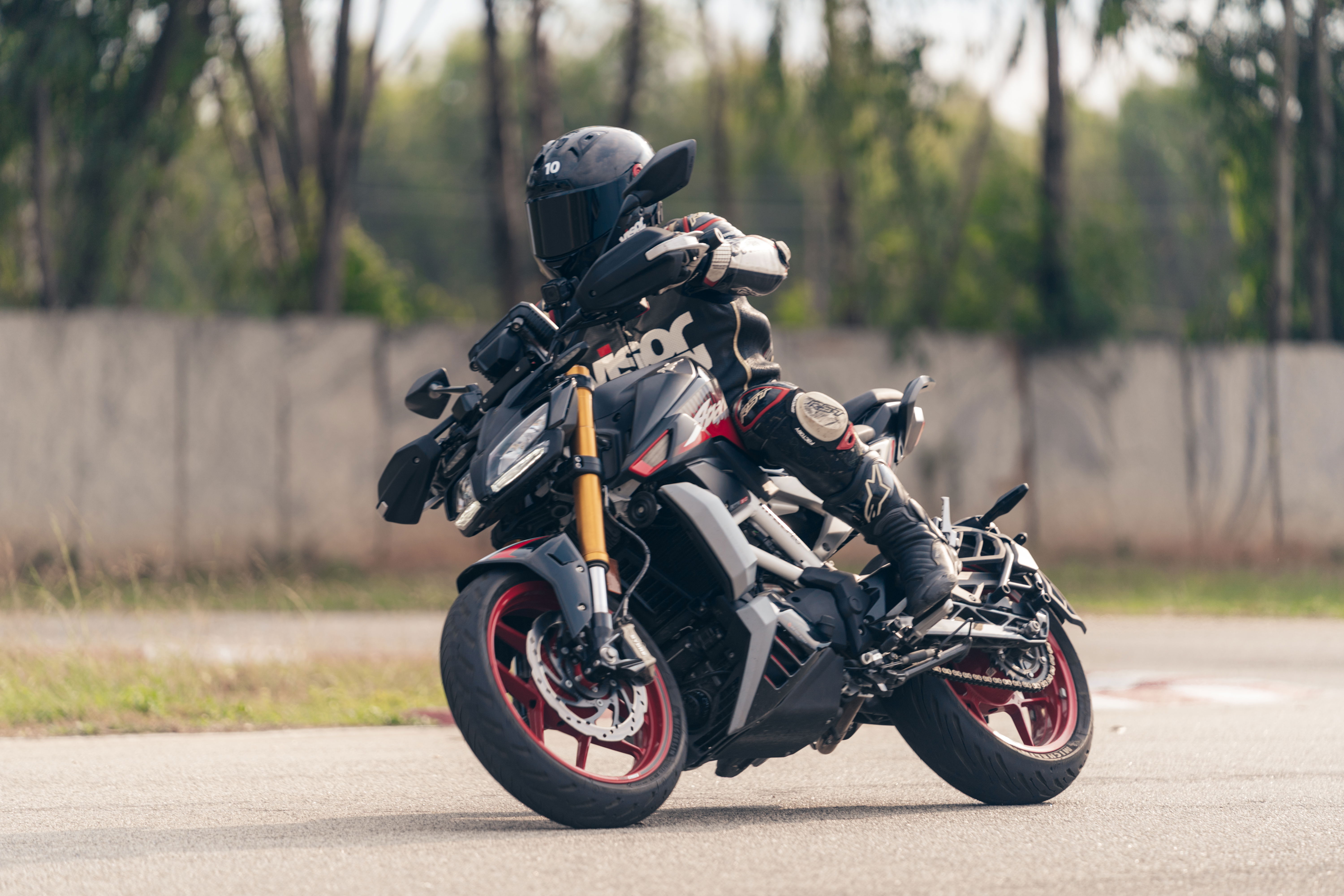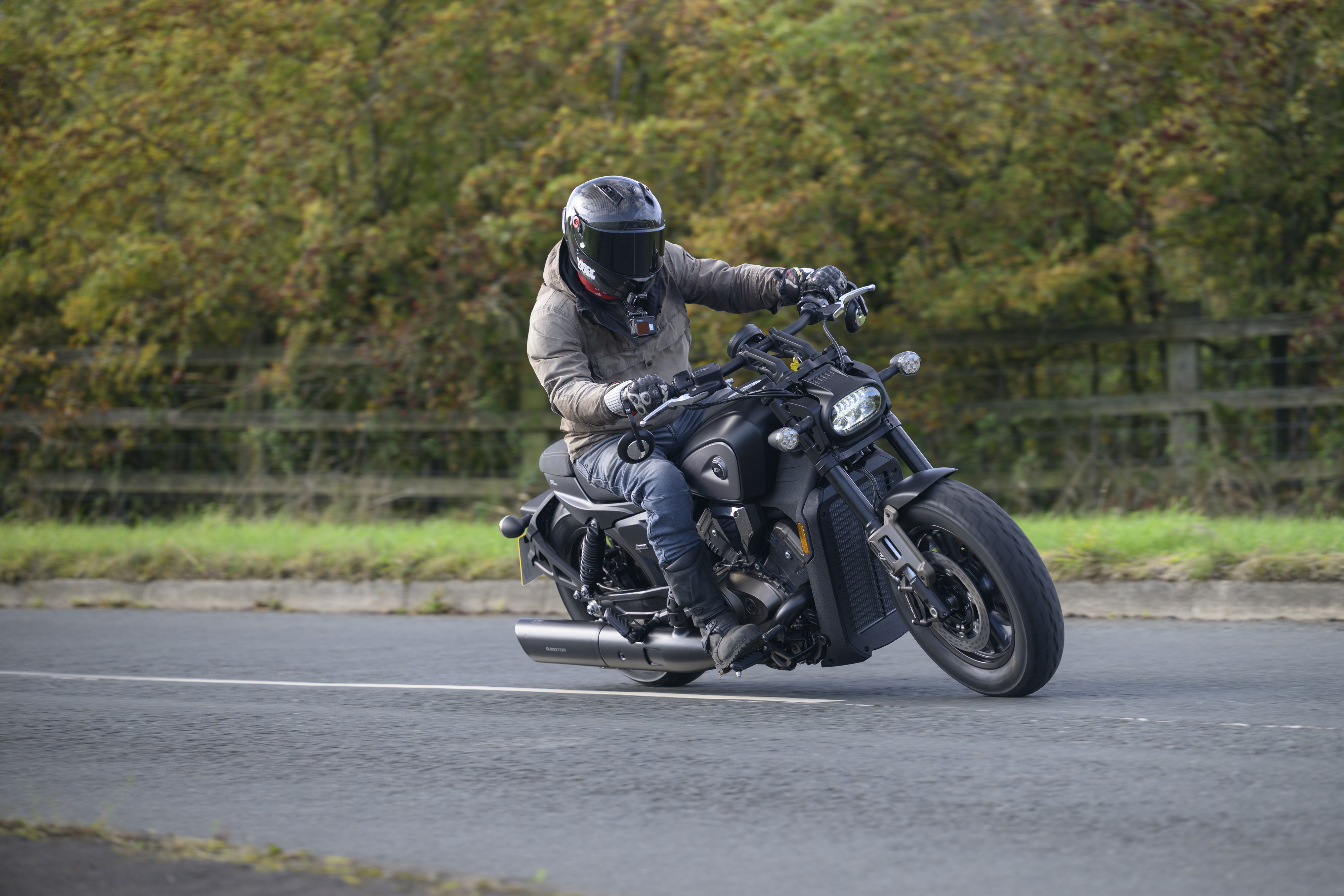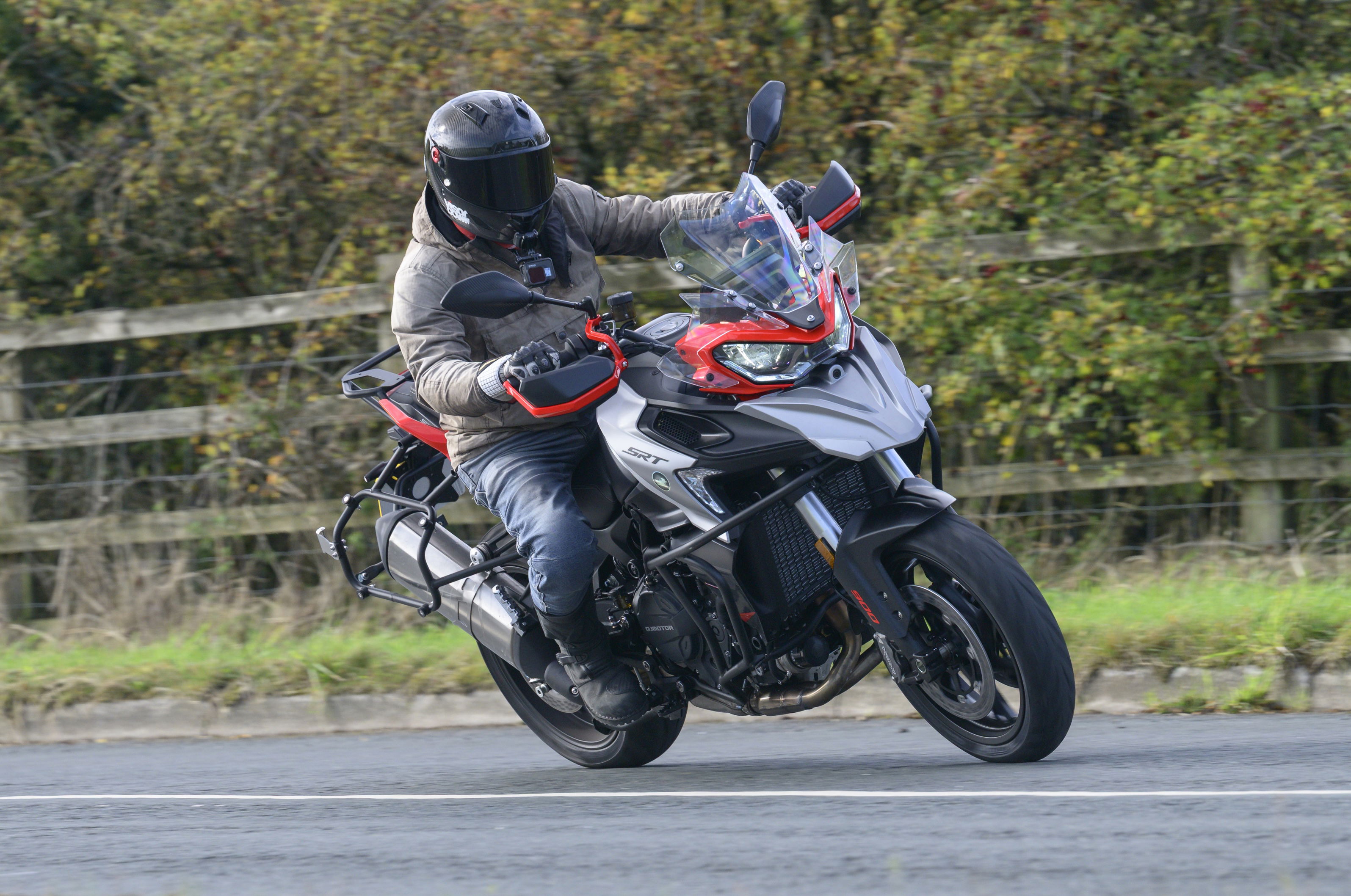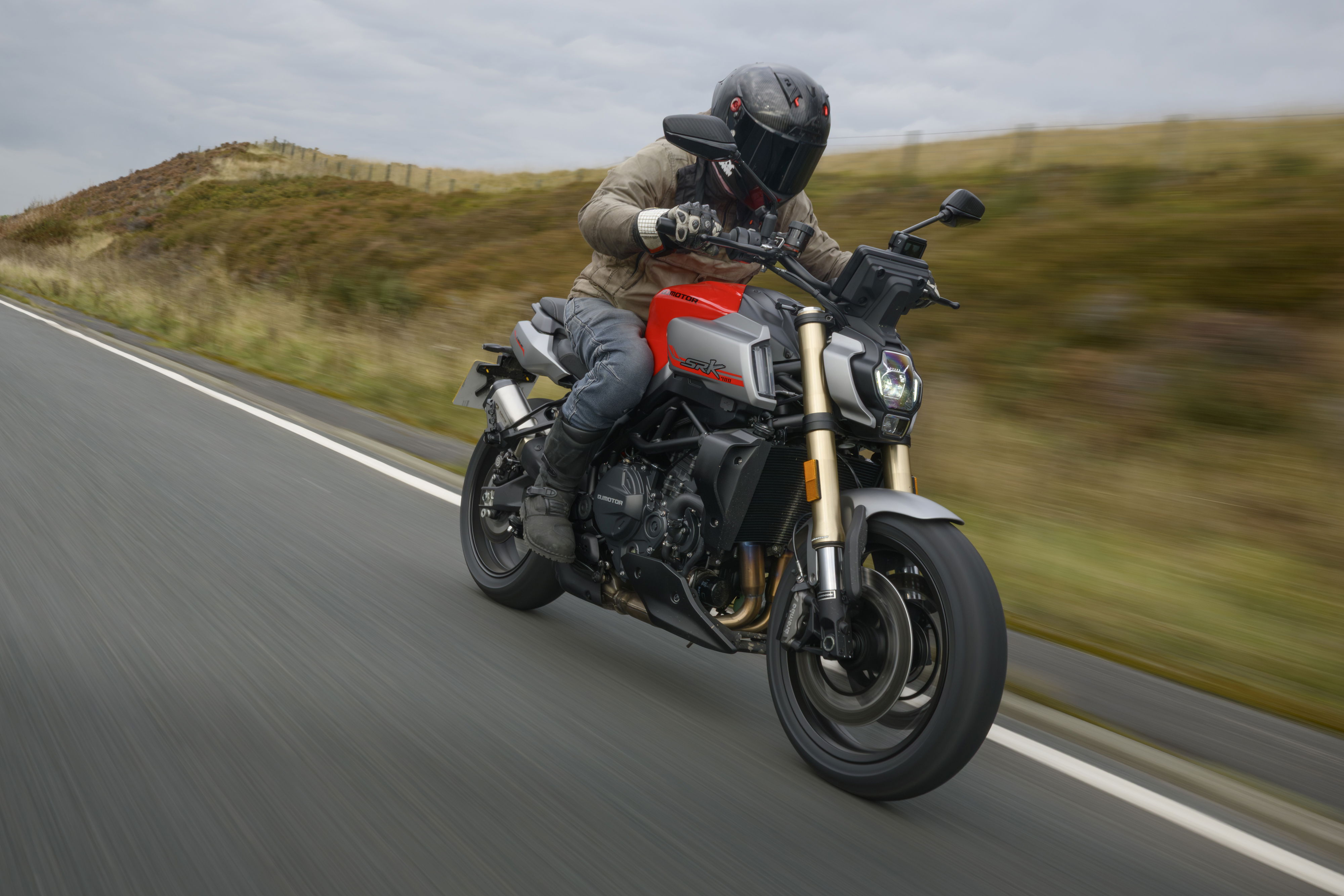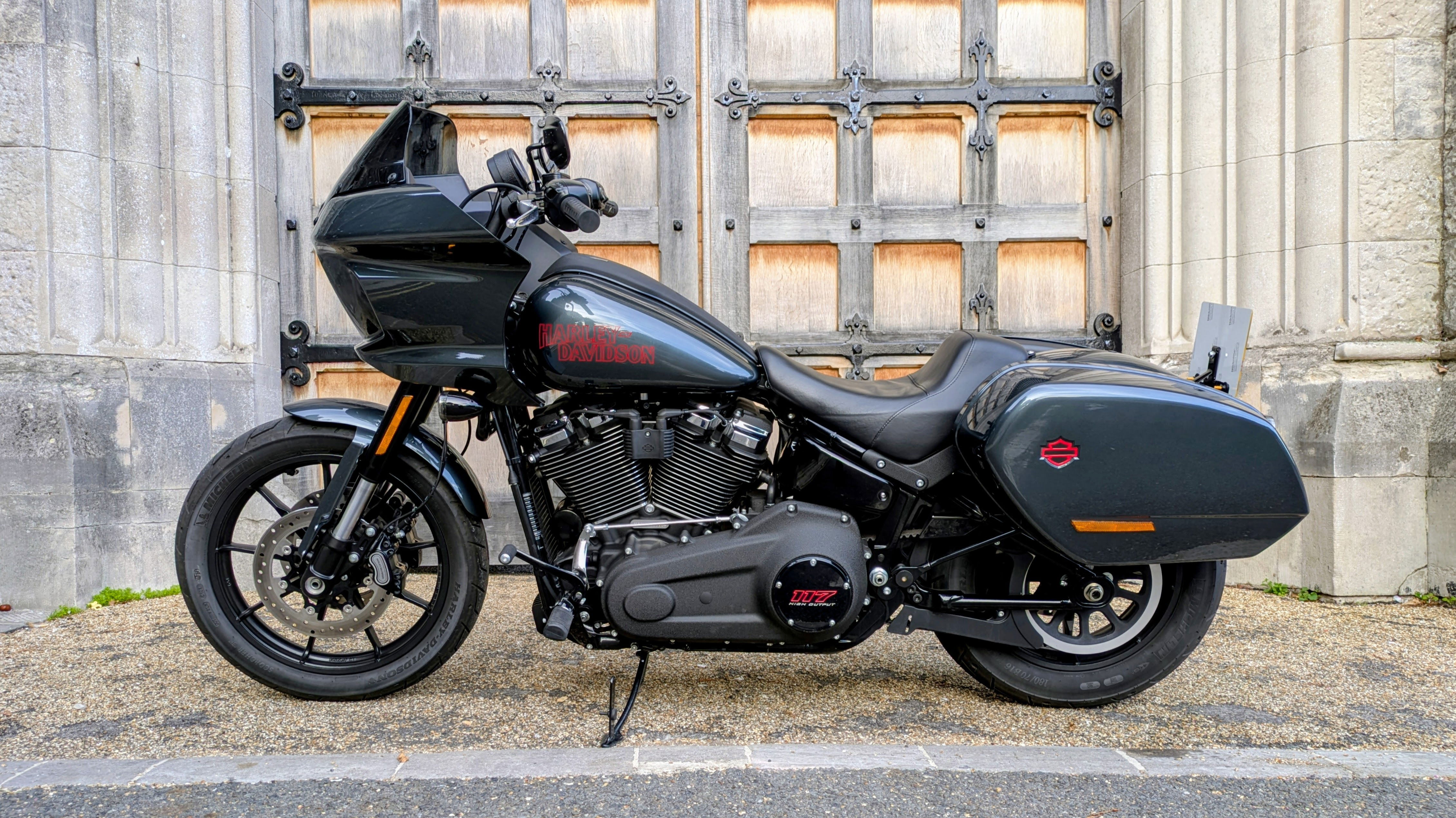Road Test: Yamaha FZ1 vs. Fazer
Why build one bike when you can have two at twice the price? Yamaha's new FZ1 naked and half-faired FZ1 Fazer emerge into the cold light of day

Every now and then a new model appears that gets me quite excited. The new FZ1 Fazer was one of those, and in this case because it appeared to tick all the boxes for the sort of bike I'd be looking to buy right now with my own money if I had any.
As with the original Fazer 1000, which shoe-horned an early, carb'd R1 motor into a pretty basic steel tube frame, the recipe for the new model is a simple one: stick a re/detuned R1 motor in a modern but less sport-focused chassis, dumb down the suspension a touch, bolt some sensible bars on and add a practical yet sporty half fairing. Bingo, a new FZ1 Fazer. Except Yamaha has decided to spread its bets and offer a naked version too, the FZ1.
That'll come later. For now, and for no other reason than because I want to, we'll concentrate on the half-faired Fazer. The bike is a logical progression from the increasingly outdated Fazer 1000 (we're on our third incarnation of R1 motor since that came out). Stylistically and ergonomically it's sharper and on paper, given the fuel injected motor, USD forks and chunky aluminium frame, the new Fazer is a leap up the evolutionary ladder from the old model. It feels lighter, more compact - bordering on the small, in fact, compared to the gangly old Fazer 1000 - and, with a fat, stubby exhaust, looks bang up to date.
The new bike's engine comes from the 2004/'05 R1, not the breathed-on, slightly stronger 2006 version. The motor is re-tuned for a claimed 150bhp at 11,000rpm and 78lb.ft at 8000rpm, with a 12,000rpm redline, 1750rpm lower than the R1's. Primary and final drive ratios are the same, as are first to fourth gear ratios, while fifth and sixth are a touch taller for longer-legged cruising. Fans of the R1's 104mph (indicated) in first gear will be disappointed to know the Fazer only hits 85mph or so, thanks to the lower upper rev limit.
The prospect of a nearly up-to-date R1 lump promises much, except the reality is that it delivers something far less. Precisely where you'd want and expect a litre motor in a style of bike like this to be strongest - in the low and midrange - it feels flat and uninspiring. It would be easy to counter criticism by arguing that a bhp-crazed bike journalist spoiled rotten on a diet of cutting edge 1000cc sports bikes is going to turn his nose up at anything that doesn't mark a new milestone in unnecessary straight line performance. But low down the Fazer is emasculated to an unexpected degree. Okay, anyone experiencing a 1000cc motor for the first time will be impressed enough, but owners of the old Fazer 1000, and certainly those acquainted with the current R1's twistgrip, may wonder what's going on in the lower reaches of the rev range.
Perhaps noise and emission regulations, along with a desire to rein in power delivery as built-in foolproof-ness for those moving up to their first big bike, led Yamaha to temper the performance. But to remove so much from the low and midrange seems odd. The motor feels castrated in exactly the place the everyday rider, commuter or two-up sports tourer wants an excess of instant, usable grunt, not a dearth of it. Pulling away with any urgency requires a handful of revs and lots of clutch slip, and the Fazer has to be spun up above 6000rpm to actually feel fast - which it eventually does, thanks, and with no complaints. But that seems out of kilter for a machine aimed at riders other than those of a flat-out sporting nature. Fueling doesn't help either, with a snatchiness to the delivery when trying to feed in small amounts of throttle at low rpm, say around hairpins or out of junctions in town.
Chassis wise, things were closer to expectations. At low speed the Fazer feels manageable and is easily manoeuvrable in tight spots and slow-moving traffic, with good steering lock and a decent, usable rear brake. On faster, twistier stuff, steering is light and responsive if not rapier fast. Suspension feels nicely firm at first and will probably be more welcoming initially to those of a sporting, not touring, disposition, but throw in some bumps and ripples and there's a harshness to the damping. Both front and rear lose feedback and control on bumpy roads and skip about rather than absorbing bumps, but I'll wager the rear at least will behave better with a pillion on board. Ground clearance was the limiting factor though.I'm not a big footrest scraper but the Fazer's pegs were dragging all over the place. It's kind of fun but could be a real issue for some, especially those planning regular two-up trips. Further suspension fiddling may help resolve the issue.
Out on the open road the fairing offered decent, if noisy, wind protection. Sat behind the screen it doesn't look like it'll do much, but cruising at 120mph was possible in some comfort, even for my 6ft 2in frame. The riding position is comfortable at speed, although not as roomy as you might expect, and the seat wide and cosseting if a touch low for my tastes. The clocks are clear enough. You get a big tacho and digital display with fuel gauge (but no warning light) and speedo on which I saw a baboon-dodging 168mph with more to come. Enough for most people I reckon.
If much of that sounds negative, please take it in context. The Fazer has the makings of a cracking all-rounder-come- sports-tourer. I liked it, but not enough as I expected to or hoped I would. On paper it fulfils the current brief for my kind of bike, and I was looking forward to it blowing my socks off. They stayed firmly in place. But before we get too conclusive, there's the other new kid on the block to talk about.
The unfaired FZ1 is everything the faired Fazer manages to be and slightly less. Billed as a 'street' tool in Yamaha's line-up, as opposed to the Fazer's 'sports' tag, the FZ1 is presumably designed largely for posing around town on. This is good because a) it looks drop dead, rock hard gorgeous and b) you ain't going far on a 150bhp naked without a physio on standby. The biggest difference between the two is psychological; the FZ1 looks so mean and purposeful (even if the more practical Fazer offers a greater multitude of purposes) that potential owners will doubtless be hoping some of that rubs off on them. But there are tangible riding differences too.
Most obvious is the lack of fairing. This makes windblast something of an issue, and sustained speeds in excess of 90mph or so are an ordeal (an optional, token flyscreen is available), but there are further effects worth noting. The FZ1 feels smaller with no fairing or screen blocking the view, and as a result there is a perception of it being more nimble, especially at slow speed. It isn't, although the missing bodywork means very narrow gaps and U-turns in tight spots can be judged with a touch more accuracy. The less aerodynamic naked bike uses more fuel too, if that's an issue for you - and if it isn't now, it might be one day. At higher speeds the effect of windblast tugging on the shoulders and arms means the FZ1 is slightly harder to ride fast with the same degree of smoothness than the Fazer, especially in the high winds we experienced on the launch.
Personally the FZ1 - and the whole naked bike thing - isn't for me, but I know the brute style of such machines is a turn-on for many. It's pared down to the tune of seven kilos, thanks to the discarded bodywork, slimline rear end, and lack of grab rails and centre stand. With the FZ1 and Fazer being otherwise so identical, I don't believe it's beyond the realms of clever Japanese engineering to design a half-faired bike which can be converted into the unfaired version with no more than a couple of tools, one or two alternative components (supplied with the bike) and half an hour or so in the garage. The day Yamaha - or someone else - manages that, they'd be onto a real sales winner. While we're on the subject of what Yamaha should be doing but isn't, if ever a bike in the firm's range was crying out for some built-in adjustability - bars, seat height, footrests - then the FZ1 Fazer is it. With potential buyers coming from all angles, it makes sense to make the Fazer as adaptable as possible. BMW, Honda and even Ducati manage it, so come on Yamaha, it's your turn.
There are potentially brilliant bikes in both the Fazer and the FZ1, but Yamaha has chosen only to provide us with good ones. The FZ1 will sell on looks alone to those after a powerful, adept urban posing tool and weekend toy, while the Fazer will probably steal more sales than its naked brother because it offers more things to more people. Commuters looking to trade up, sports bike riders wanting to downgrade - but not downsize - to something more practical, continental adventurers who need more excitement than a bespoke tourer can offer and those simply looking for a practical, entertaining all-rounder will all see something they like in the Fazer.
Whether it will live up to the expectations of each of those is a different matter. In many cases I suspect it will, but anyone who knows what an untethered R1 can offer will be disappointed by the muted sub-6000rpm performance and limited ground clearance. There's also competition brewing in the form of Honda's CBF1000, so while Yamaha deserves to shift a fair few of these, it could well have a fight on its hands.
VERDICT 3/5
Both bikes are nearly excellent but lack low-down grunt. Still, the FZ1 looks awesome, while the Fazer is an ace all-rounder.

